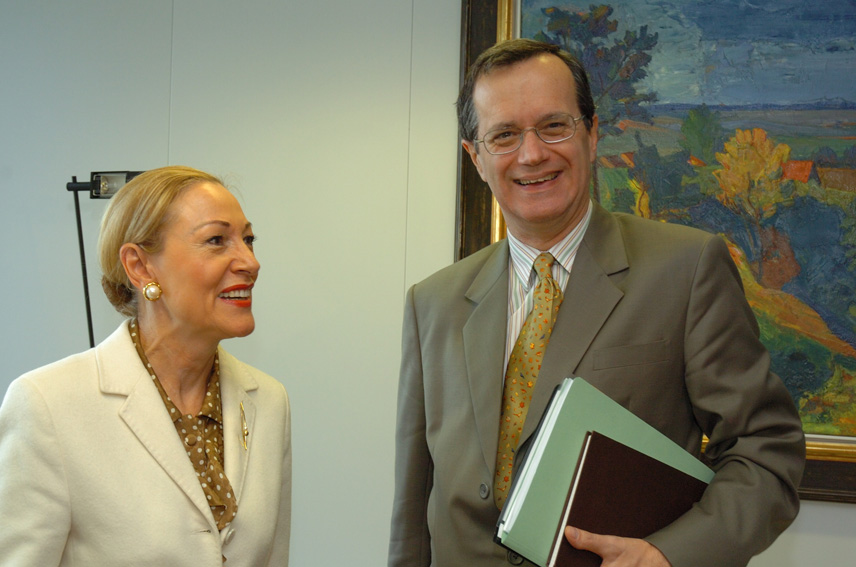
The EU, the OSCE and the European security architecture: network or labyrinth?

The shake-up of the European security architecture produced by the end of the Cold War has not led to a clear-cut division of labour between the different actors involved. While one organization, the Western European Union (WEU), has all but disappeared, the expansion of the EU and NATO in terms of both competences and membership and the institutionalization of the OSCE have resulted in an intricate web of functionally and geographically overlapping institutions. The EU especially has grown from a largely economic and internally-oriented project to a fully-fledged international actor guided by its own European Security Strategy. As both the EU and NATO claim a global role in the field of peace support operations (or Petersberg Tasks and non-Article 5 operations respectively) a highly publicized competition has resulted, often leading to emotional outbursts and near-theological debates between high-level figures on both sides of the Atlantic. Only collective defence remains the exclusive remit of NATO, and even that area is referred to in the EU’s draft Constitutional Treaty, under the heading of ‘mutual defence’.
One result of this main drama is that the OSCE has been pushed off the stage. Neither in the public debate nor in the Brussels policy-making scene is the OSCE a major topic. Rather than seeking to profile itself vis-à-vis the OSCE, the EU often simply seems to ignore it, developing its own policies and capabilities and deploying missions in areas where the OSCE has been active for a long time. The EU is thus seen e.g. as the leading actor determining the political future of the Balkans, while the large OSCE presence in the field is often overlooked. In the European Security Strategy, the OSCE is mentioned only very briefly, on a par with the Council of Europe: ‘For the European Union, the strength and effectiveness of the OSCE and the Council of Europe has a particular significance’.
Obviously, the development of a comprehensive foreign policy, including all dimensions from aid and trade to diplomacy and the military, is an inherent part of the process of European integration. In that light it is equally obvious that if anywhere it is on the European continent – in its ‘neighbourhood’ – that the EU has a major role to play. It is probably also true that the OSCE is active in certain fields where other actors can now act more effectively and efficiently. Yet the question is whether by ignoring the OSCE, the EU does not overlook that in a number of fields the OSCE has invaluable expertise and major added value that could also be helpful to furthering the EU’s own objectives. This is not to say that today there is no coordination between the EU and the OSCE: the troikas of both organizations meet twice annually, there are staff-to-staff contacts and there is concrete cooperation on specific projects in many countries. What is missing though, in spite of the high-level contacts between the troikas, is effective coordination at the strategic level, i.e. on the long-term objectives to be achieved and the main instruments to be applied to those ends.
Paper for Presentation at the Helsinki Monitor Conference, OSCE’s Future after 30 Years, Vienna, 9 Sept. 2005.
(Photo credit: © European Union, 2014)